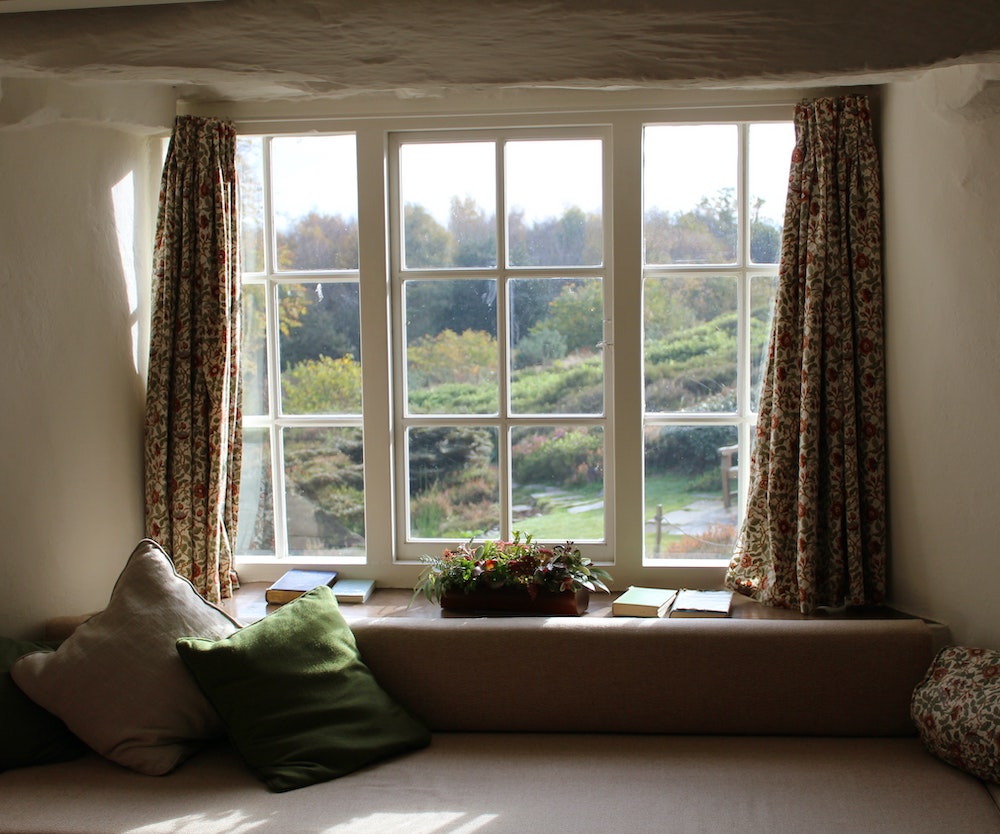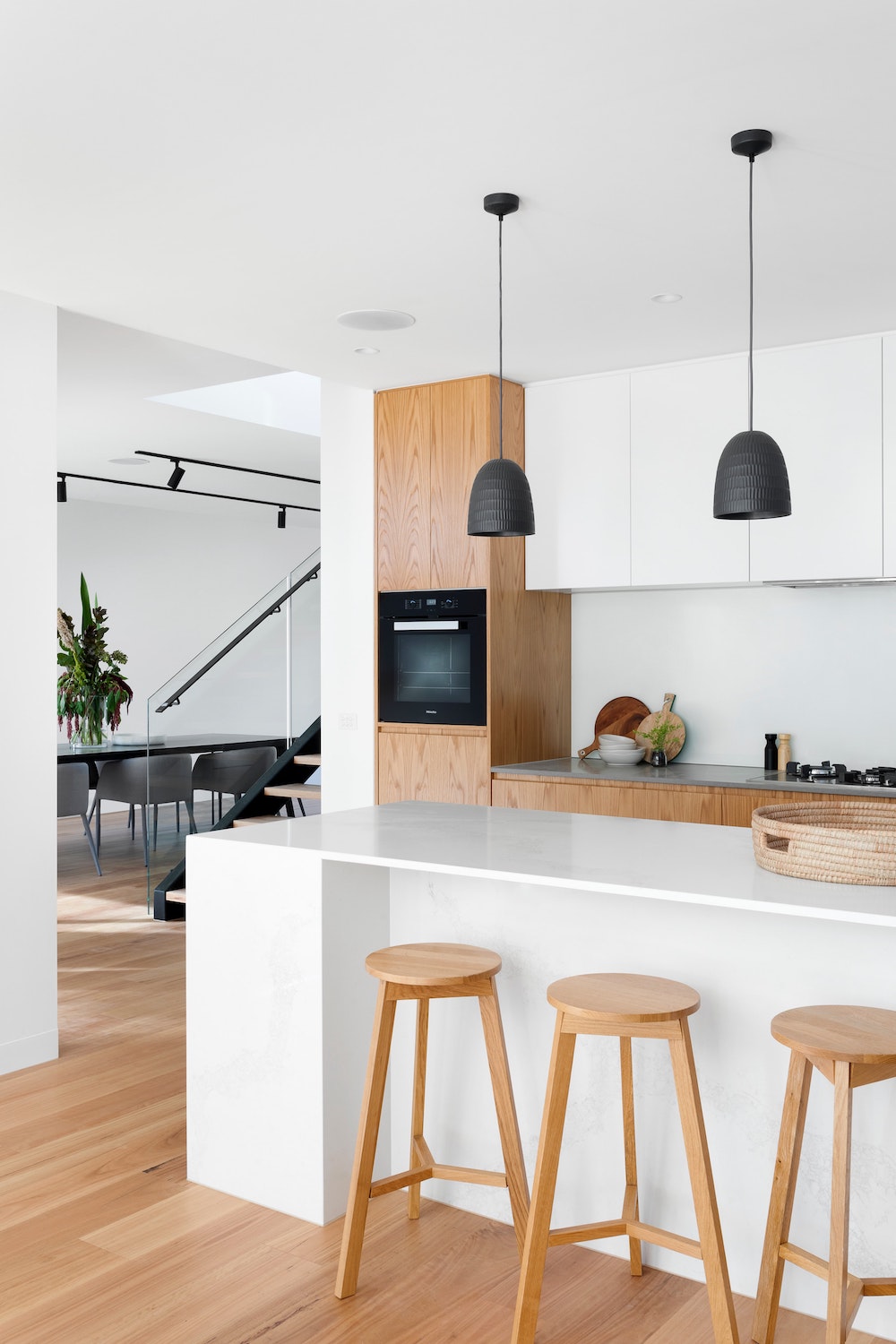Remodeling Your Home After Water Damage
The Insurance Information Institute statistics show that 1 in every 50 homes file for property destruction claims caused by flooding and water damage. Generally, it is safe to say that flooding is a costly disaster that homeowners can experience. While water damage to your home can be avoided, there is no guarantee that floods, hurricanes, and hailstorms won’t occur in the future. Fortunately, you can reverse these effects and safeguard your property from future disasters. Outlined below are water damage remodeling tips to consider.
Set a Budget
Like any other home remodeling exercise, having a budget is overly important. Remodeling your home after water damage can be expensive as simple updates may end up being extensive. Therefore, homeowners should research and determine a reasonable budget based on the extent of water damage. For instance, you should determine if you will replace your tile countertops with granite options from the beginning. When estimating the budget, keep in mind that such remodels are invasive to your home’s structure.
Find a Reliable Restoration Company
Restoring your home after water damage by yourself is not a good idea. As mentioned, remodeling after water damage is an invasive process as water seeps through floors, walls, and ceilings. Unseen moisture can lead to rots and promote mold growth, leading to extensive property damage and health risks. Therefore, hiring a reliable remodeling company is prudent to ensure that floodwater is completely removed.
Apart from effectively clearing water from your home, you should hire restoration experts for several other benefits. Besides using advanced technology to detect and dry hidden moisture, they also clean and treat items contaminated by overflowing toilets and septic tanks. They also accurately assess the extent of property damage before recommending the nature of repairs required. With that said, it’s better to come up with preventative septic maintenance plans to prevent sewage from spilling into your home.
Replace Basement Floors
Basement floors and crawl space are the most affected areas after floods. They are also prone to extensive water damage. For instance, carpets that are sponge-like hold a lot of water and take a lot of time before drying. This provides a good environment for the growth of mold, mildew, and bacteria. On the other hand, laminate and hardwood floors easily trap moisture harboring bacteria.
That said, if your basement is a victim of water damage, replace the carpet, wood, and laminate flooring with water-resistant alternatives. Some of the best basement flooring options to consider include vinyl, porcelain, ceramic, treated concrete, and rubber. Note that even with these floors, you should act fast after flooding, as water can damage even the toughest flooring.
Remodel the Entire Basement
You shouldn’t stop at replacing the basement flooring. Remodeling the entire basement after water damage helps prevent the growth of mold and mildew on its walls. Begin by removing damaged materials, such as drywalls and leaky pipes. Your basement remodeling should focus on using installations that prevent or resist water damage.

Home improvement experts recommend installing of sump pumps, perimeter drainage tiles, and French drains to drain water away from the basement. You should also install vapor barriers on walls to prevent moisture penetration into the walls. While you can have a window to enhance ventilation, invest in an energy recovery ventilation system.
Check Your Windows and Exterior Walls
Inspecting your windows and exterior walls is important after flooding. Despite being the strongest parts of the house, they are susceptible to water damage as well. Flying debris and tree limbs that come with hurricanes and hail storms can cause a lot of damage. If you live in a hurricane-prone area, your home constructor may recommend hurricane-rated windows and doors during construction.

That said, you should check your windows and exterior walls for any possible damage after the floods. Even though wooden and vinyl sidings may appear ideal, they are also prone to cracks, providing an entryway to moisture and insects. As for exterior walls, build with solid bricks as they can resist water and storm damage. Use waterproof bricks or other materials that can resist wind damage for extra protection.
Fortify the Kitchen and Bathroom
Under normal conditions, bathrooms and kitchens are the main sources of moisture in your home. Therefore, you should expect these parts to be severely damaged after floods, as the drains and plumbing fixtures that these rooms depend on might be damaged. This also presents an excellent chance to renovate and redesign these rooms.

For instance, if your kitchen cabinets are buckling and old, take advantage of this period to install new sets. You can upgrade your backlash with modern trends, add new coats of wall paint, and enhance style with granite or marble countertops.
Conclusion
Renovating your home after floods shouldn’t be difficult. Begin by identifying the areas that need a thorough makeover and those that require minor touch-ups. You should then invest in high-quality, weather-proof materials and consult the right professionals to conduct the remodeling.






